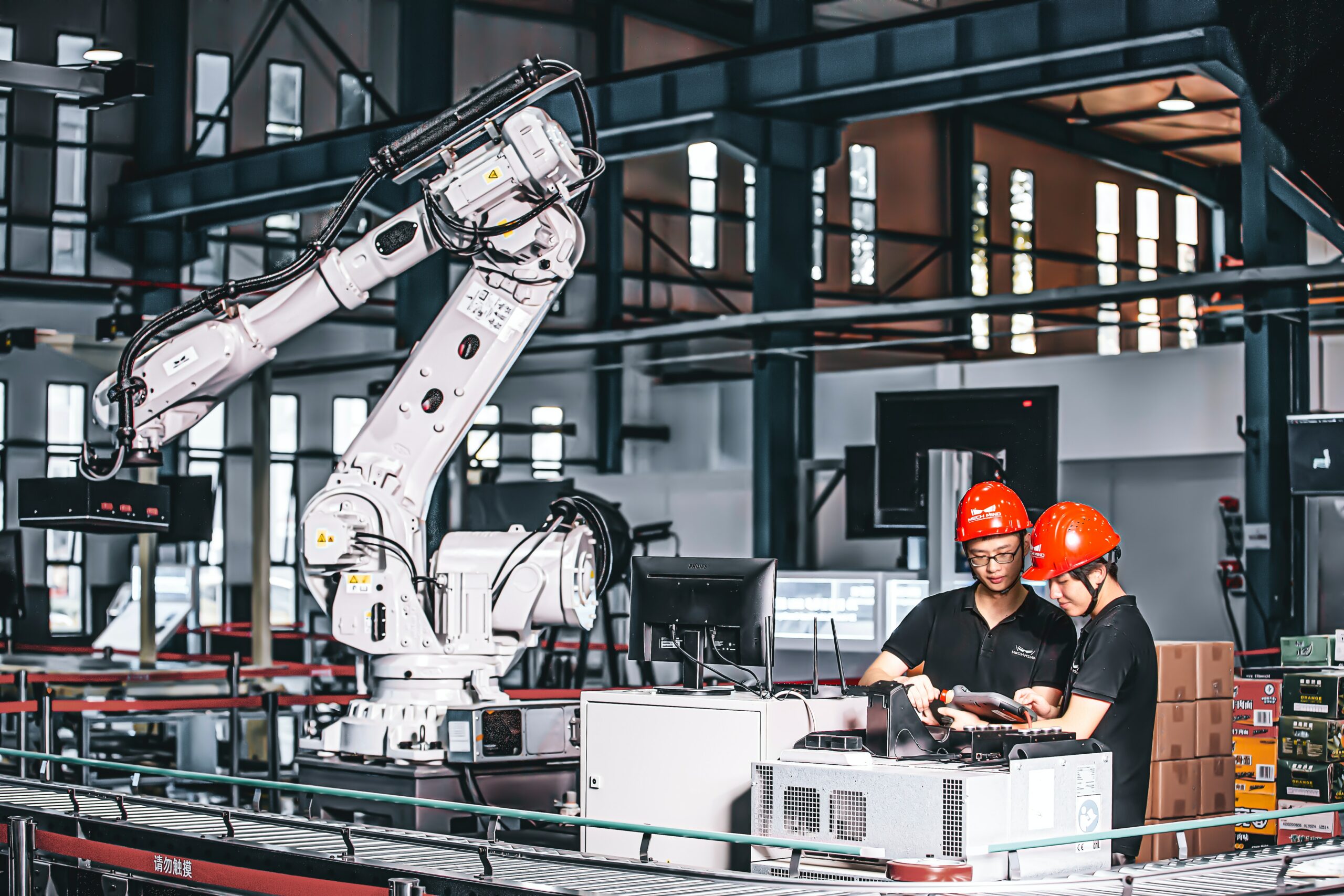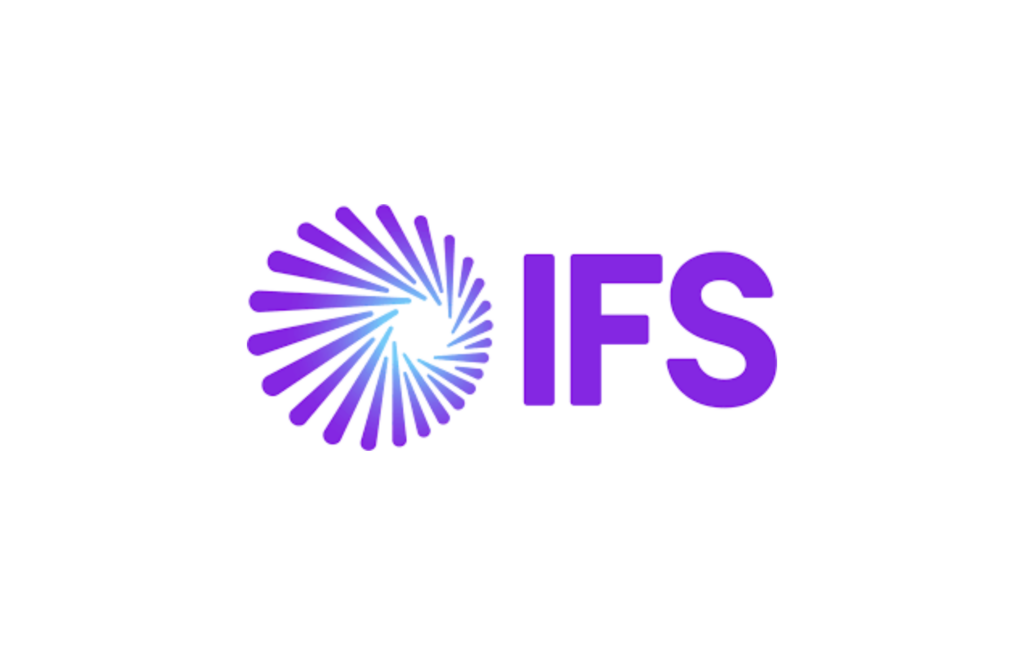As the manufacturing world rapidly evolves to meet new challenges, many organizations are working to define a new roadmap to success. But time isn’t on the industry’s side. As Deloitte noted in its outlook for 2022, “the manufacturing industry is building back fast, undeterred by significant labor and supply chain challenges. To maintain this momentum, manufacturers should navigate elevated risks while advancing sustainability priorities.”
Early adopters are now more agile, flexible, and efficient – and they could already be making inroads into your market share. How can manufacturing organizations like yours counteract this risk and quickly drive profitable growth? The answer, for many, lies in technology partnerships.
Technology meets manufacturing
Partnerships are increasingly crucial to achieving sustainable business growth, whether accessing data from upstream or downstream partners within your supply chain or turning to technology providers who can bring a wealth of insights about modern cloud capabilities and leading-edge innovations.
Manufacturing is shifting toward industry-specific applications. These applications are now nearly always delivered in the cloud to maximize adoption, flexibility, visibility, data-driven decision-making and security, as well as to reduce through-life costs.
The benefits of an industry-specific manufacturing ERP
Organizations are coming to realize that industry-specific capabilities built into the ERP solution are critical for smooth deployment, headache-free implementation and efficient workflows and reporting. Matching how you do (or should do) business, they often have proven best practices already built-in.
Managing the end-to-end ecosystem with visibility and efficiency is also easier, operating in real-time to unlock your organization’s potential. And when ERP is cloud-based, it’s also faster to implement, so you’ll see success more rapidly. Camatic, one of our customers as an example, quickly stood up a new manufacturing facility in Malaysia, including local requirements.
An industry-centric, single view of your business can additionally help businesses identify variations to expected operational performance early, so exceptions can be analyzed and managed long before finance teams would typically become aware of them. Your organization can then focus on strategic, operational and productivity improvement, fostering a continuous improvement mentality.
Leveraging flexible and scalable architecture, your organization can to be more agile in the face of ever-changing customer expectations. By minimizing the need for manual responses to individual agents, employees can respond quickly and smoothly to customer, supplier and regulatory needs.
Building a more powerful outcome
Unsurprisingly, when it comes to triggering organizational change, the business drivers are often a complex mix of customer expectations and demands for a better buying experience, a focus on operational efficiencies and automation, and the need to meet industry regulations and compliance mandates. That’s why it’s important for your application software technology vendor to offer solutions that are designed specifically for your industry.
Manufacturing factories and plants have different needs than service industries and shouldn’t be expected to force generic ERP and other applications to meet their unique requirements. As an example, managing the complexity of engineer-to-order or configure-to-order environments demand a single view of the product from concept through quote, build, delivery and through to aftermarket service and warranty management. Anything less adds risk to the whole process.
In true partnerships, when everyone understands your organization’s and industry’s distinct needs, multiple stakeholders come together to create a more powerful outcome.




